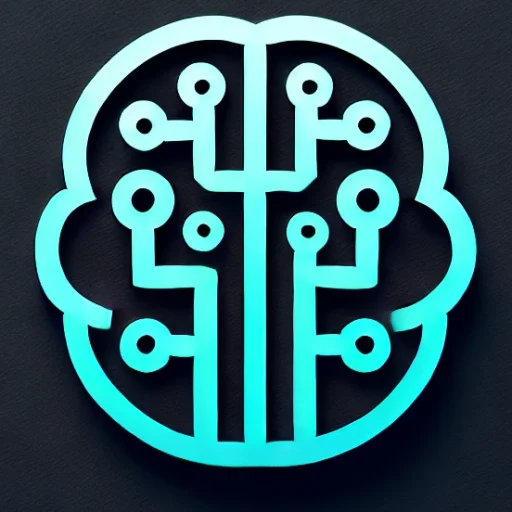
Introduction
The rapid evolution of artificial intelligence has brought us to the brink of what many experts consider the next major technological revolution. At the forefront of this wave is Generative AI, a subset of artificial intelligence focused on creating content that ranges from text and images to music and software code. As we delve deeper into an era where machines can generate increasingly complex output, industries worldwide are witnessing unprecedented changes.
Key Insights & Latest Advancements
Generative AI technologies, like OpenAI’s GPT models and Google’s Imagen, have broken boundaries in natural language understanding and image generation. These models are not just iterating on previous capabilities but introducing new paradigms in human-computer interaction. Recent advancements have seen these models being integrated into user-friendly applications such as ChatGPT and DALL-E, making sophisticated AI accessible to non-technical users. The ability to produce human-like text and lifelike images in seconds is creating new opportunities across sectors and sparking intriguing conversations about the nature of creativity and originality.
Real-World Applications
The impact of generative AI is being felt in various industries:
-
Content Creation and Media: Generative AI tools are revolutionizing the creative process in media and entertainment. They assist in scriptwriting, generate special effects in films, and even create entire music tracks, significantly reducing production times and costs.
-
Healthcare: In the medical field, AI is employed to generate complex molecular structures for drug development and to simulate biological processes, accelerating research and discovery.
-
Retail: Businesses are leveraging AI to create virtual try-ons and personalized shopping experiences, powered by AI-generated models that predict customer preferences with high accuracy.
-
Finance: AI is capable of crafting predictive models and generating analysis reports, providing deeper insights into market trends and investment opportunities.
Challenges & Future Outlook
Despite its transformative potential, generative AI comes with ethical considerations and technical challenges. The generation of deepfakes and misinformation poses significant risks, questioning the integrity of digital content. Additionally, integrating these technologies responsibly in ways that respect privacy and intellectual property is a critical concern.
Looking to the future, the focus is increasingly on improving AI’s interpretability and governance. Researchers are exploring ways to ensure AI systems are transparent and that their outputs can be audited. Furthermore, advancements in AI-augmented human collaboration are expected to unlock new levels of productivity and innovation, with generative AI acting as a co-pilot in complex decision-making processes.
Conclusion
Generative AI stands as a cornerstone of the fourth industrial revolution, dramatically impacting how industries function and innovate. As we continue to harness its potential, it is crucial to develop robust frameworks to address the ethical and technical challenges it presents. This new frontier not only promises enhanced productivity and creativity but also urges us to rethink the boundaries of human ingenuity. As we embrace these advancements, the essential takeaway remains clear: the future will profoundly depend on how we choose to wield this powerful technology.

